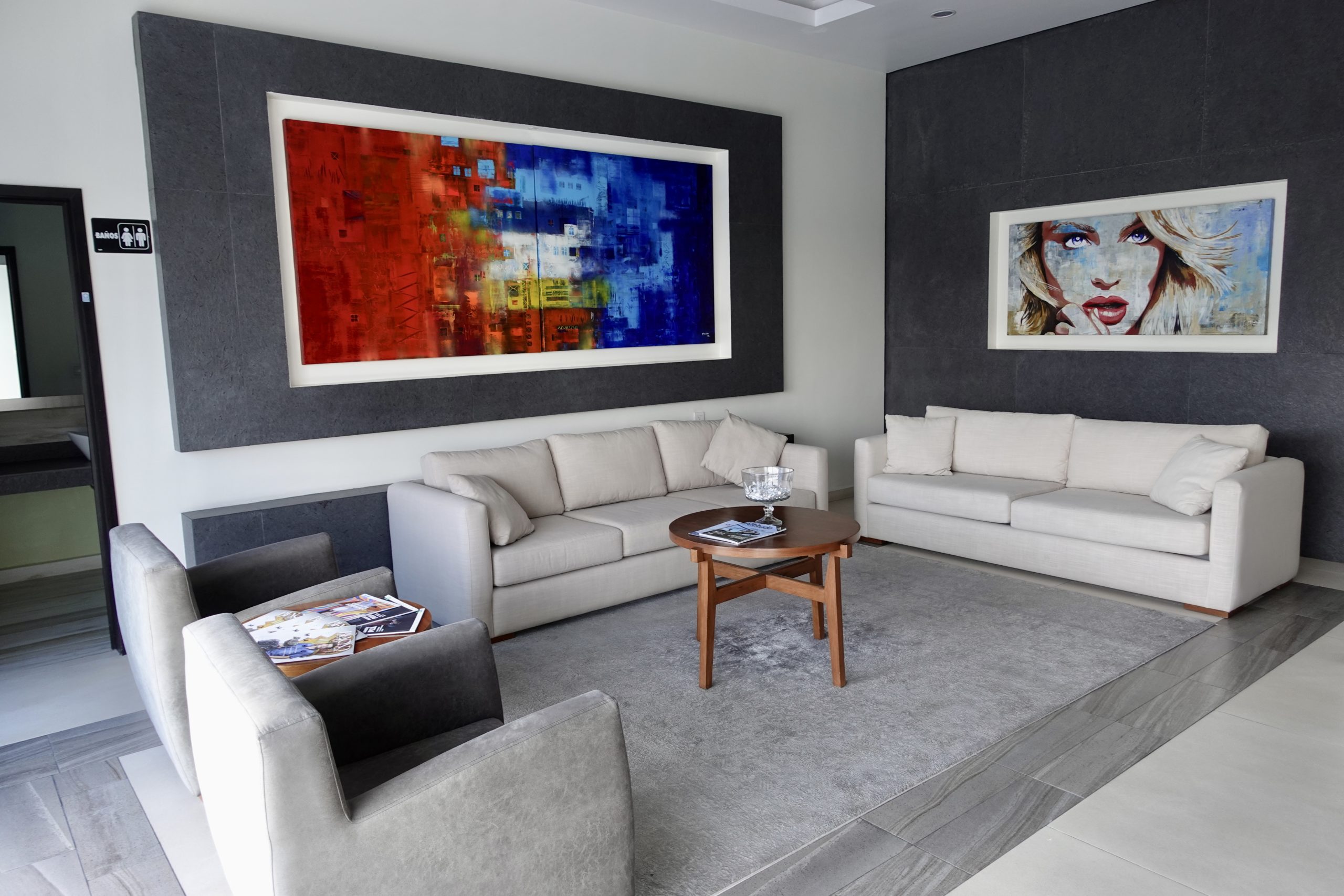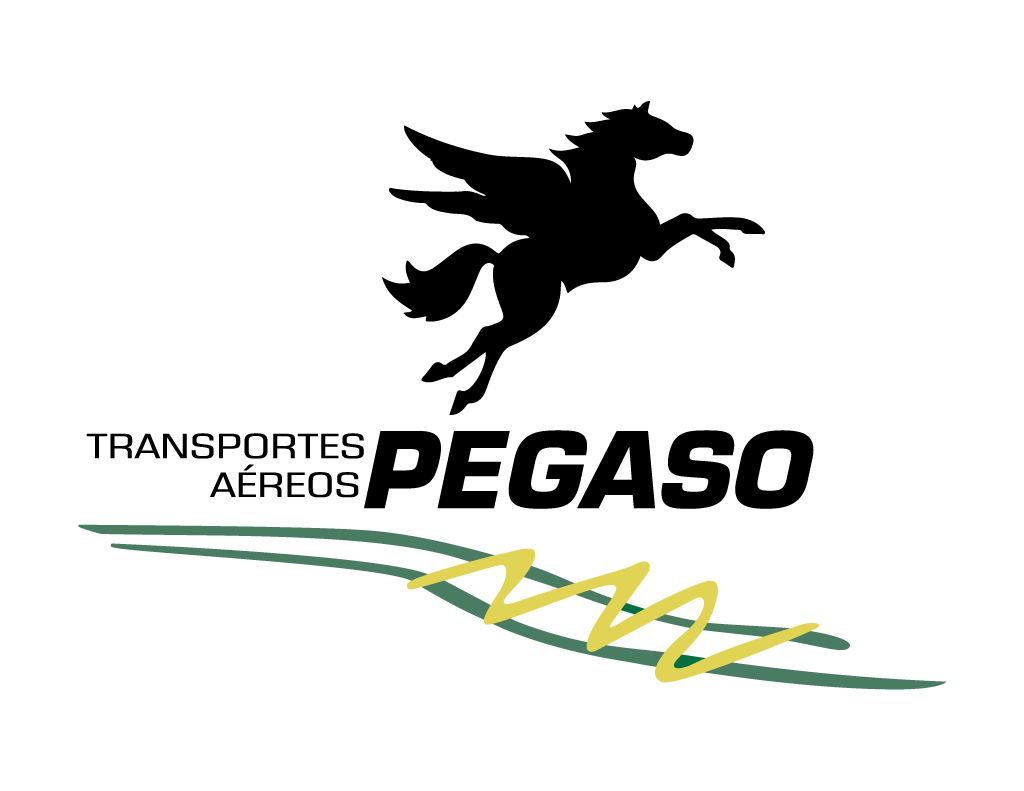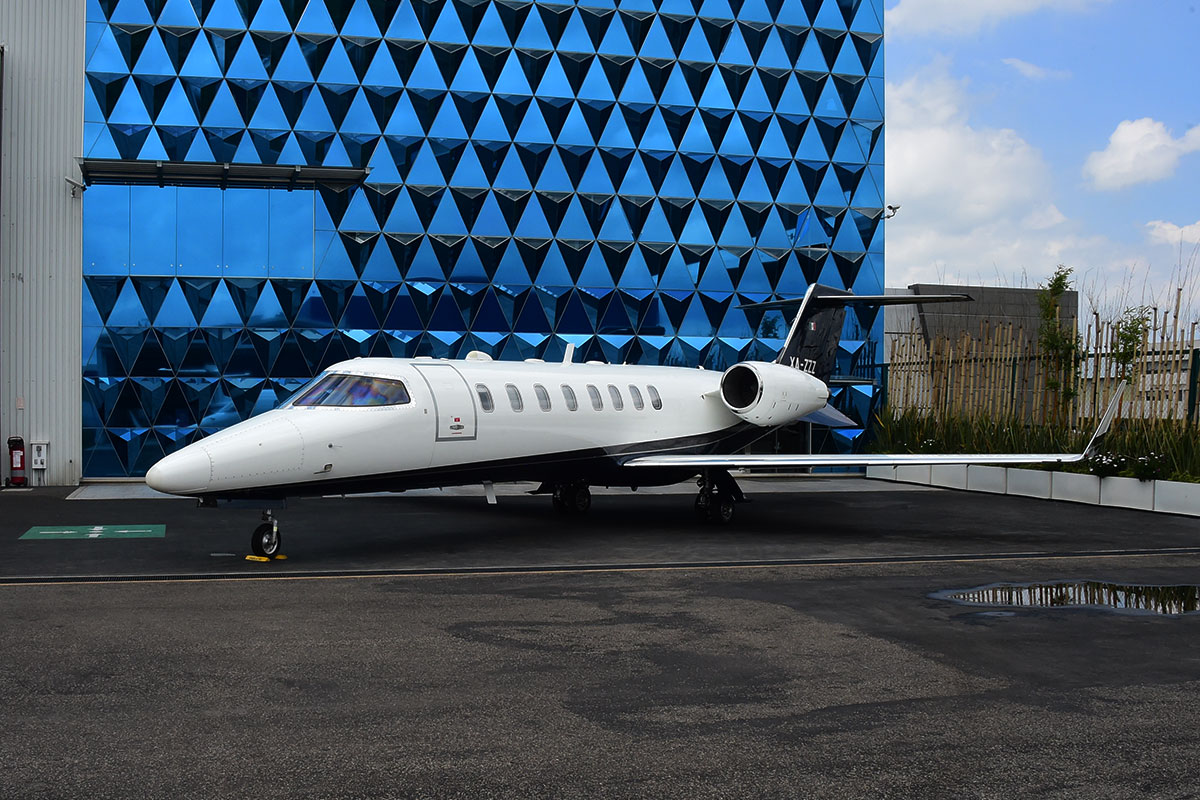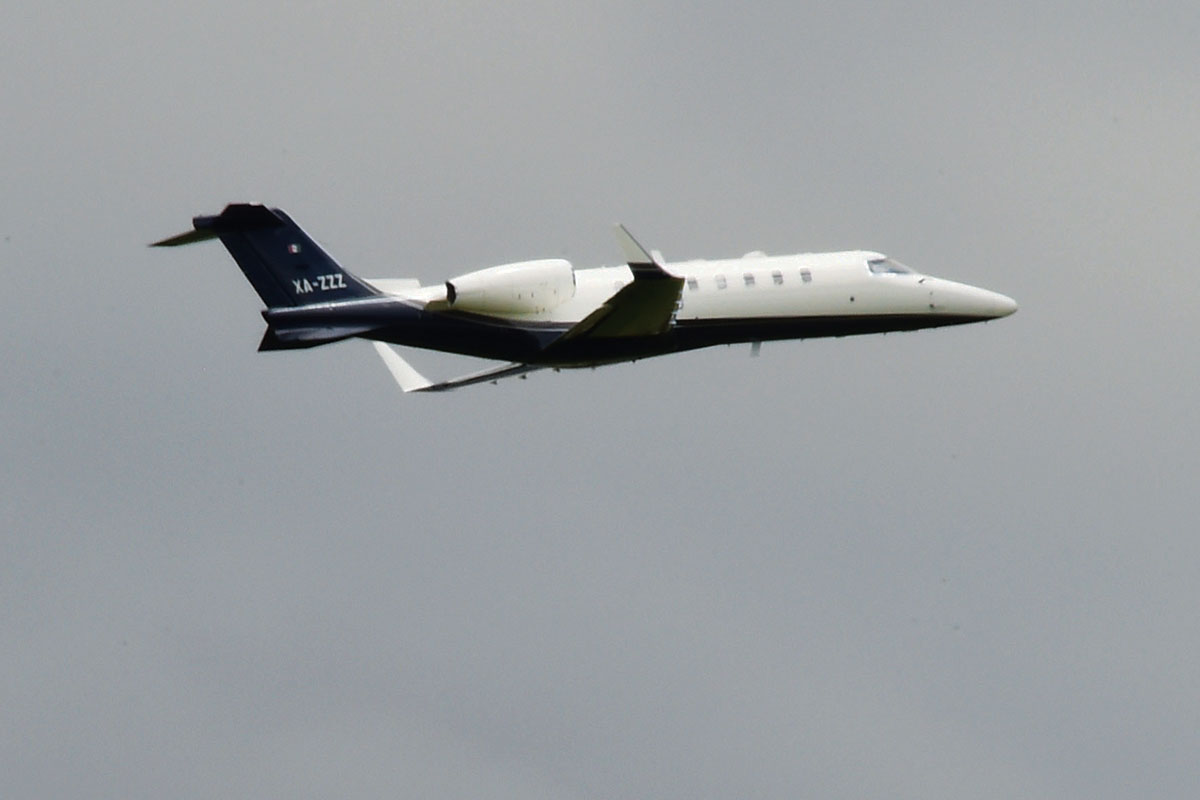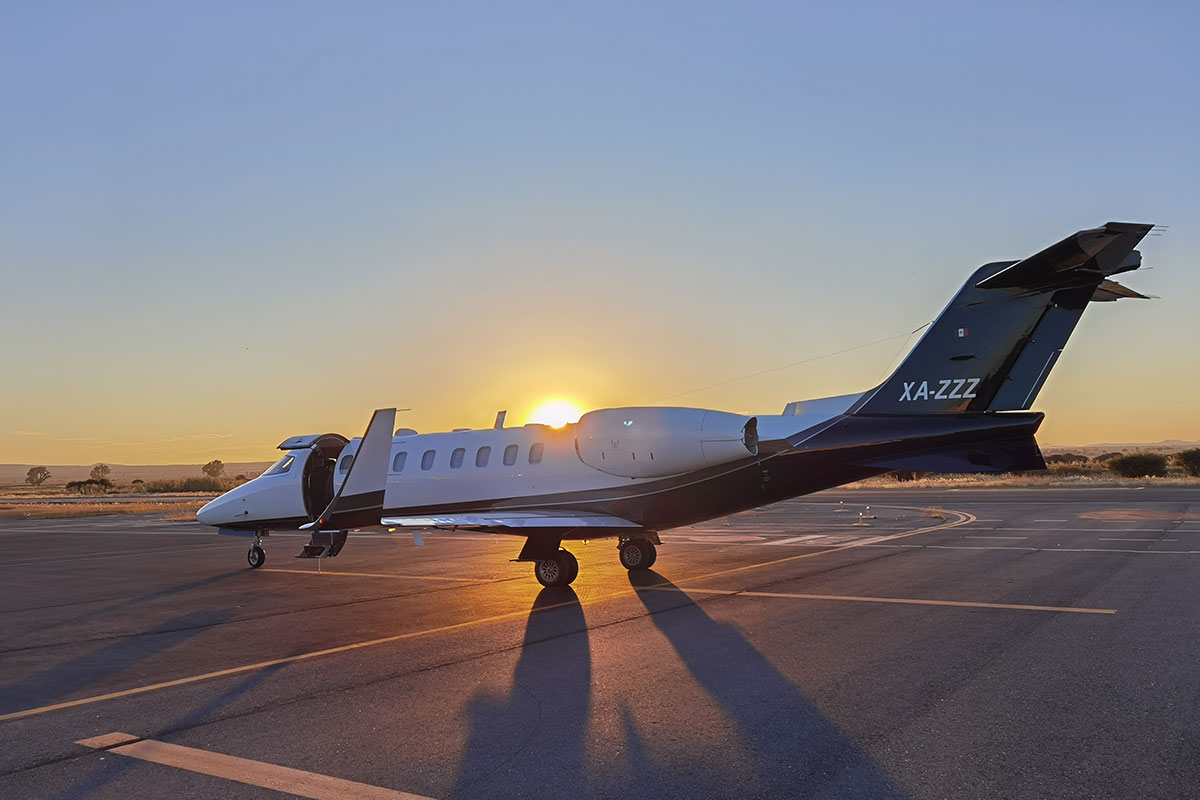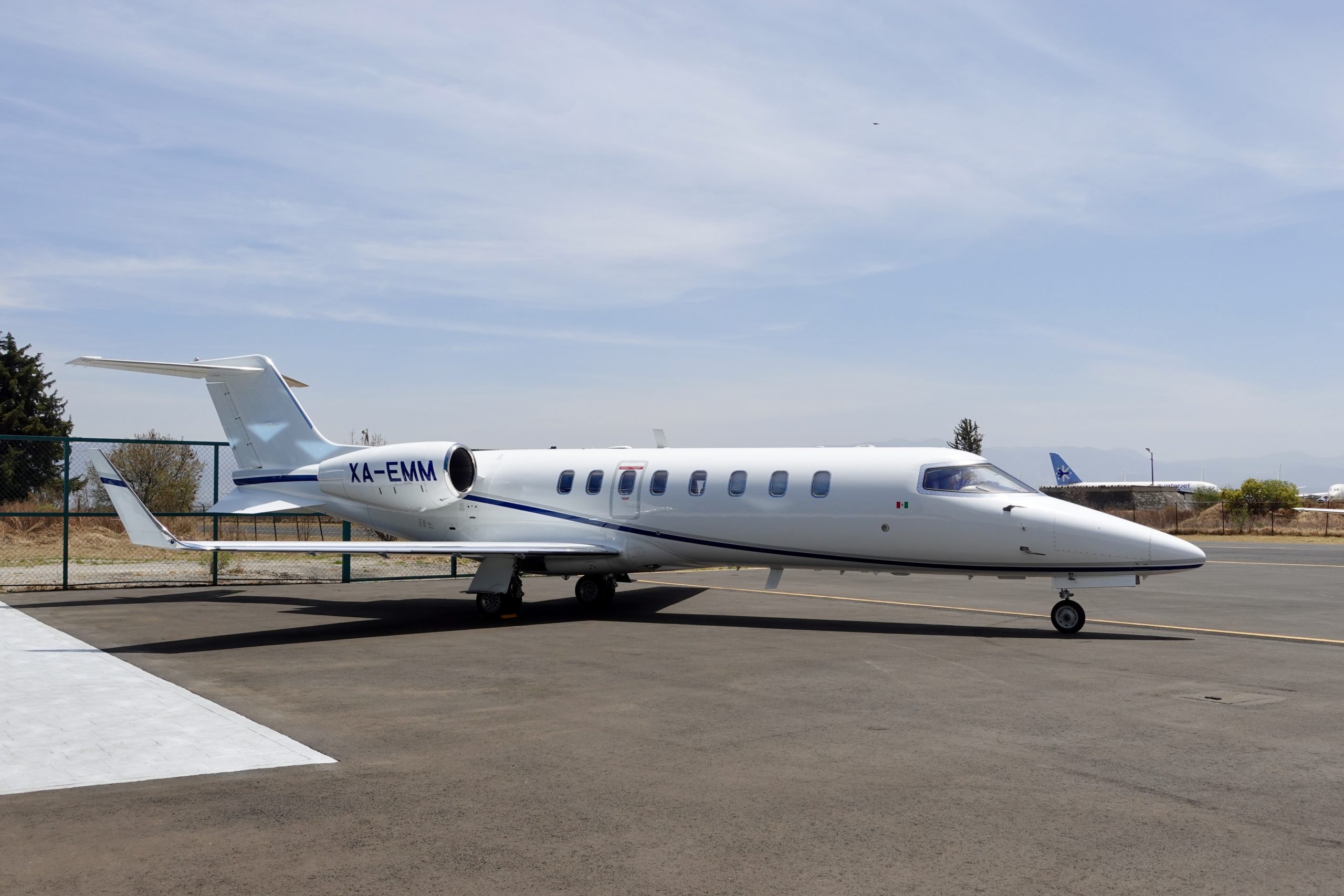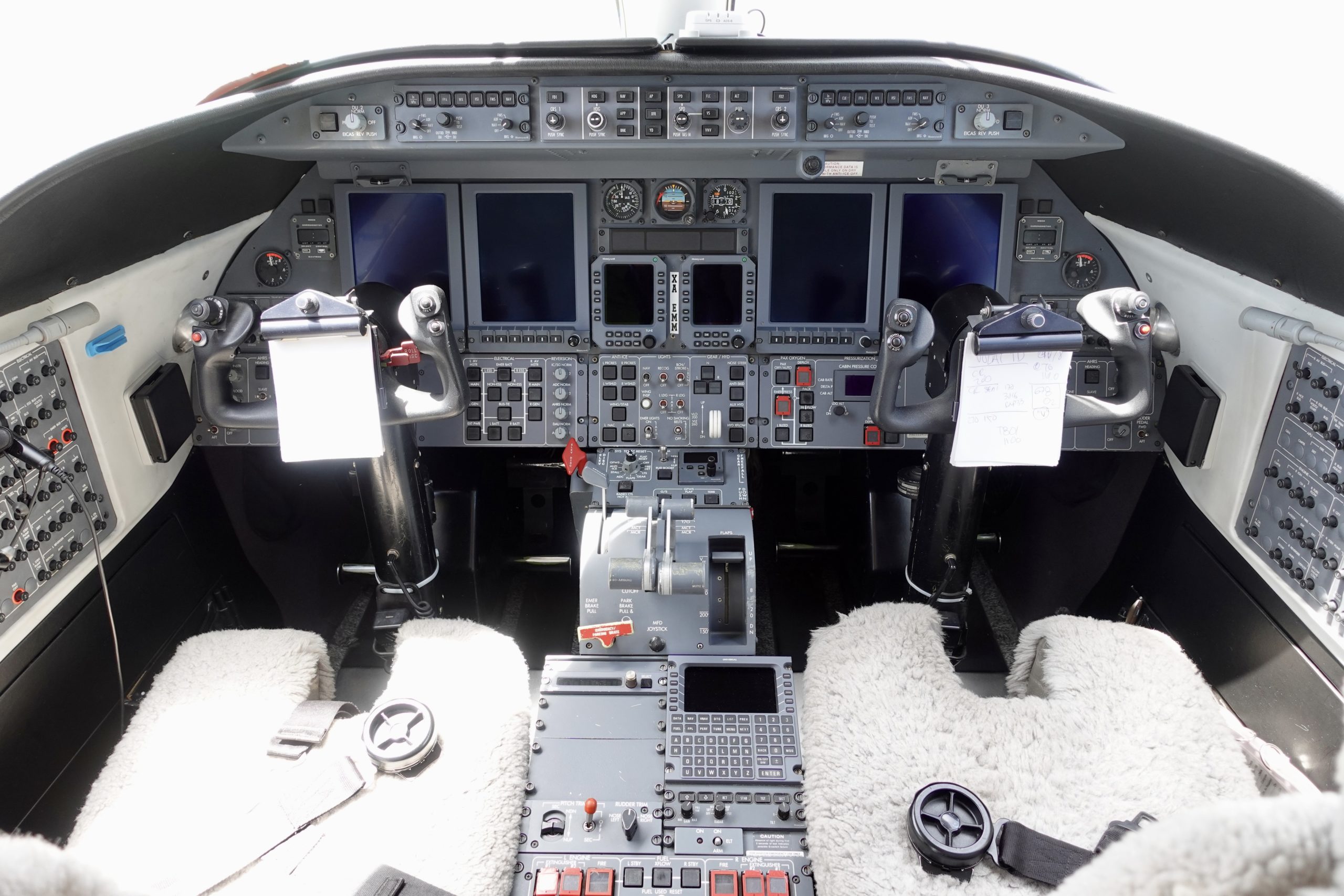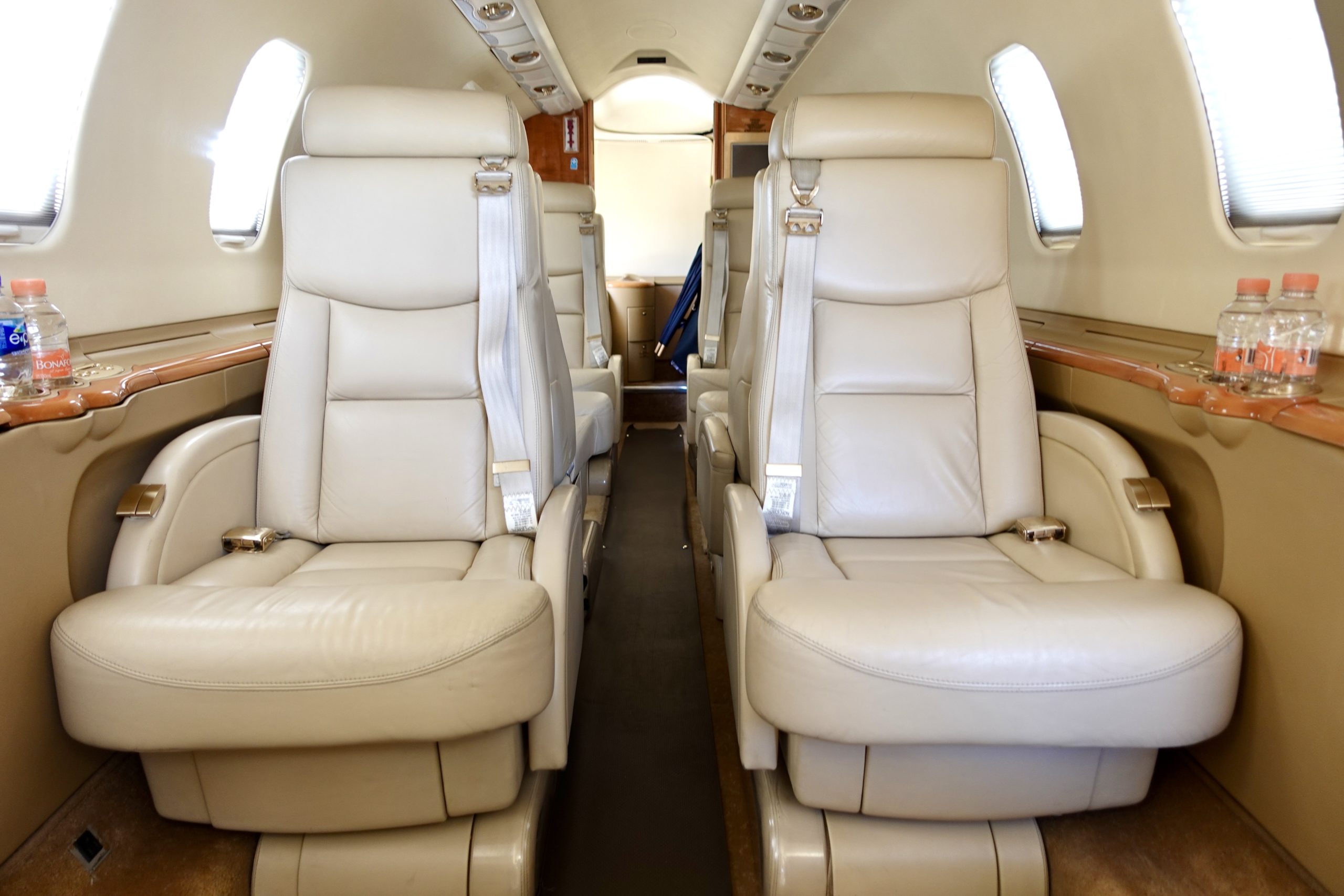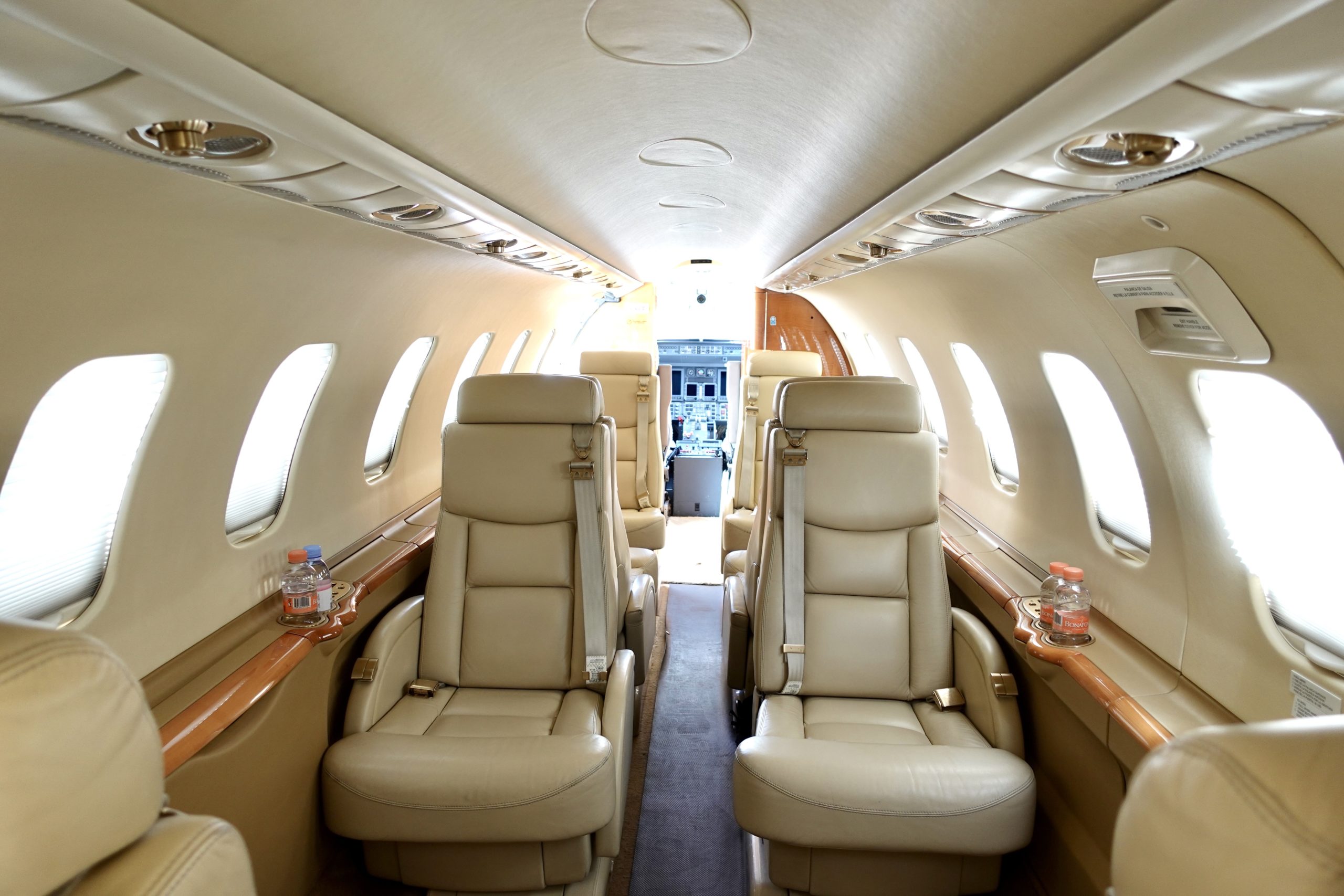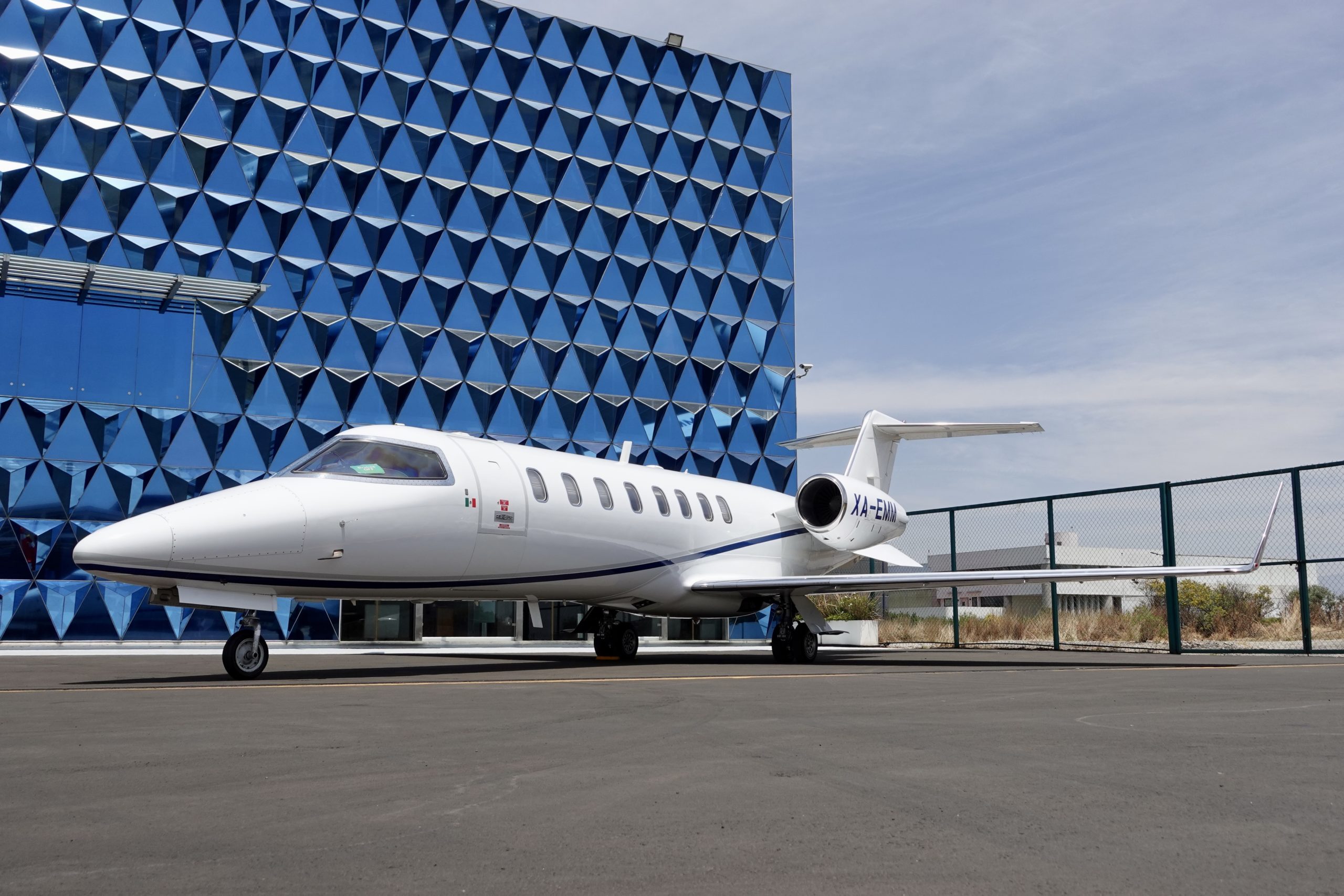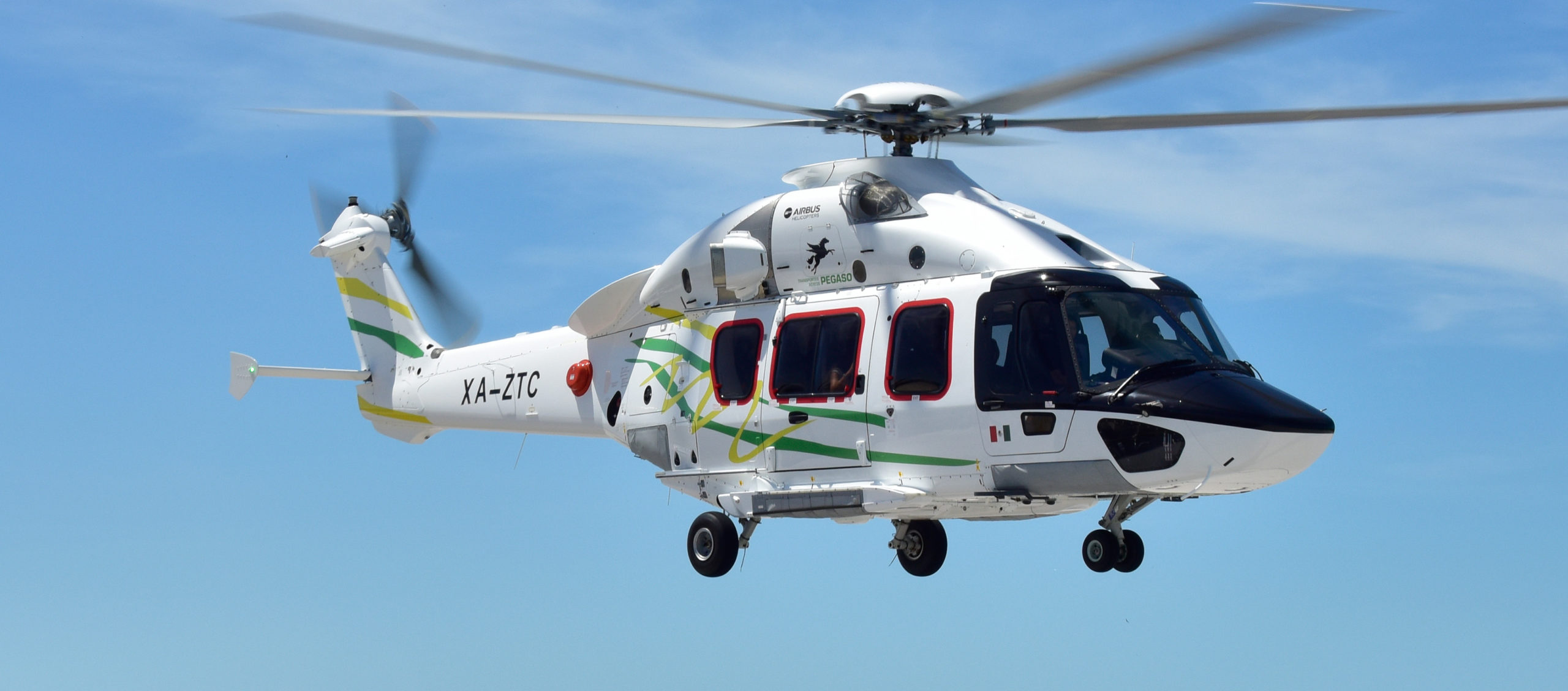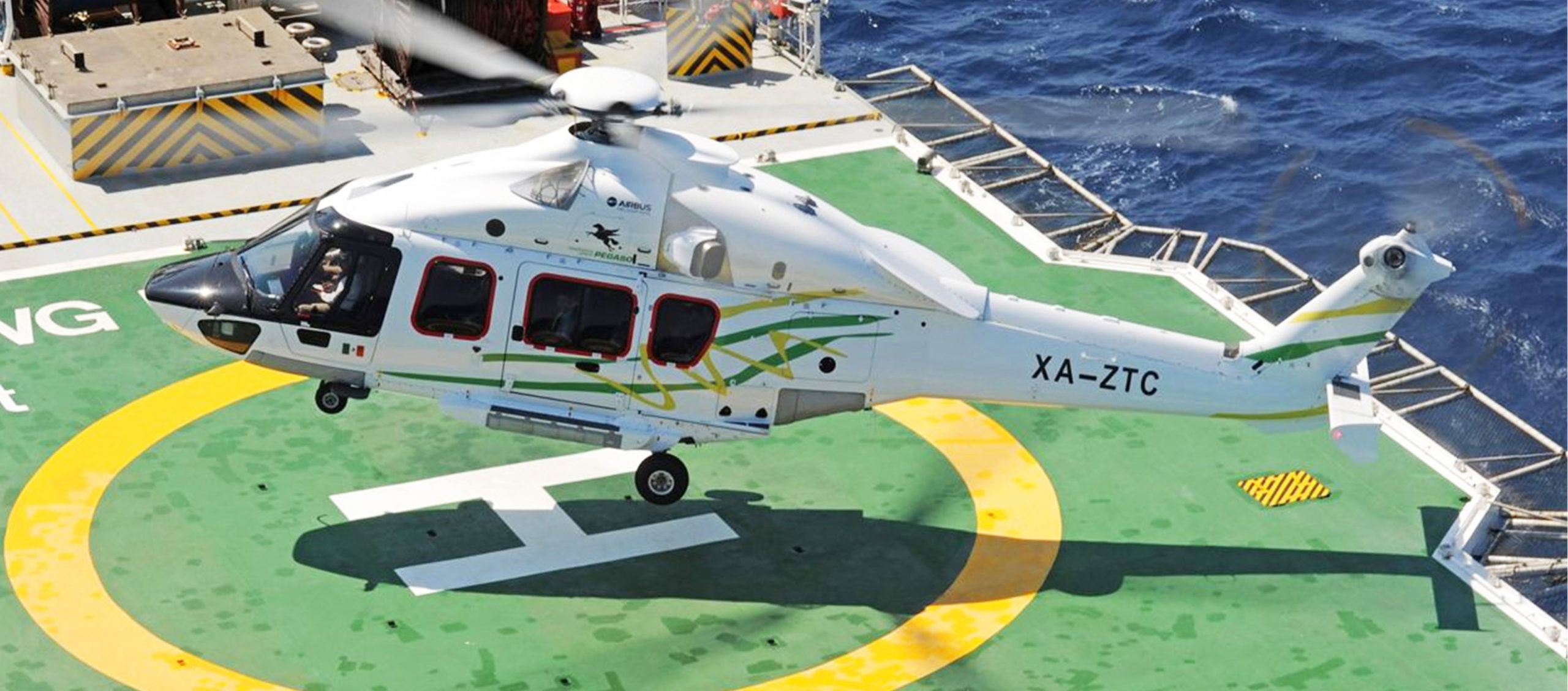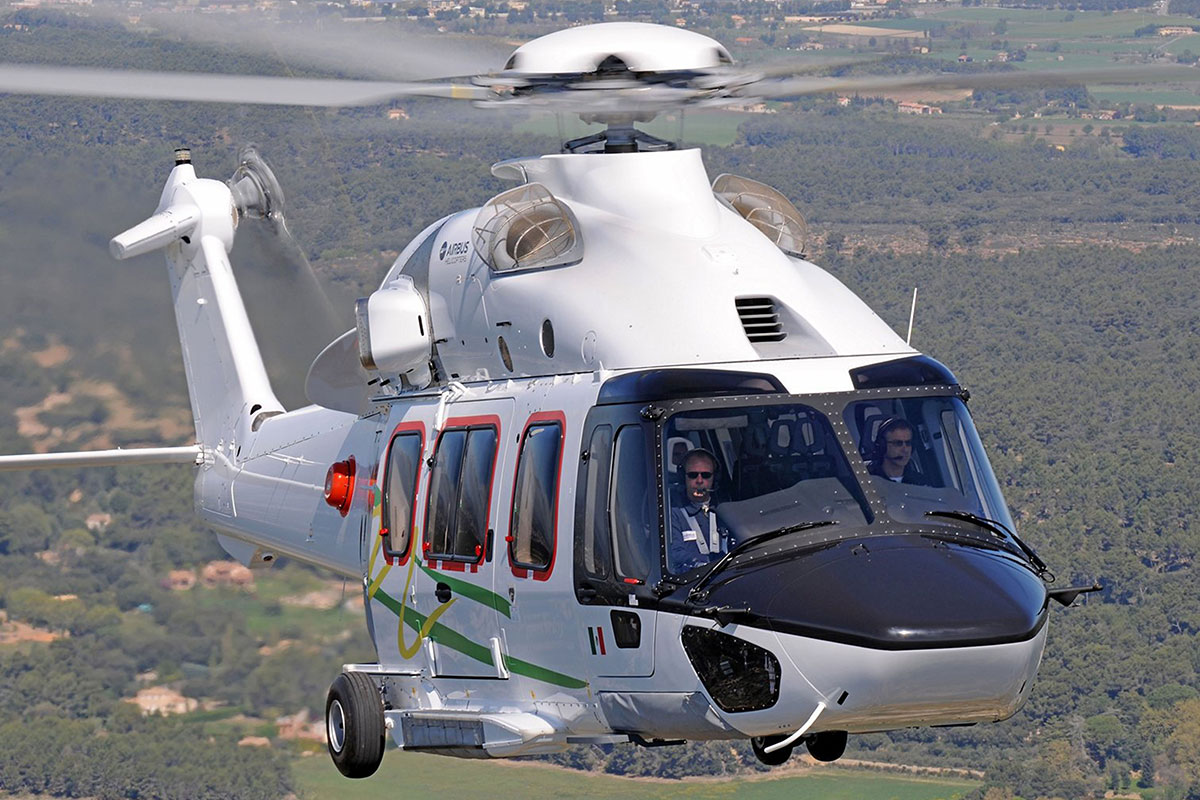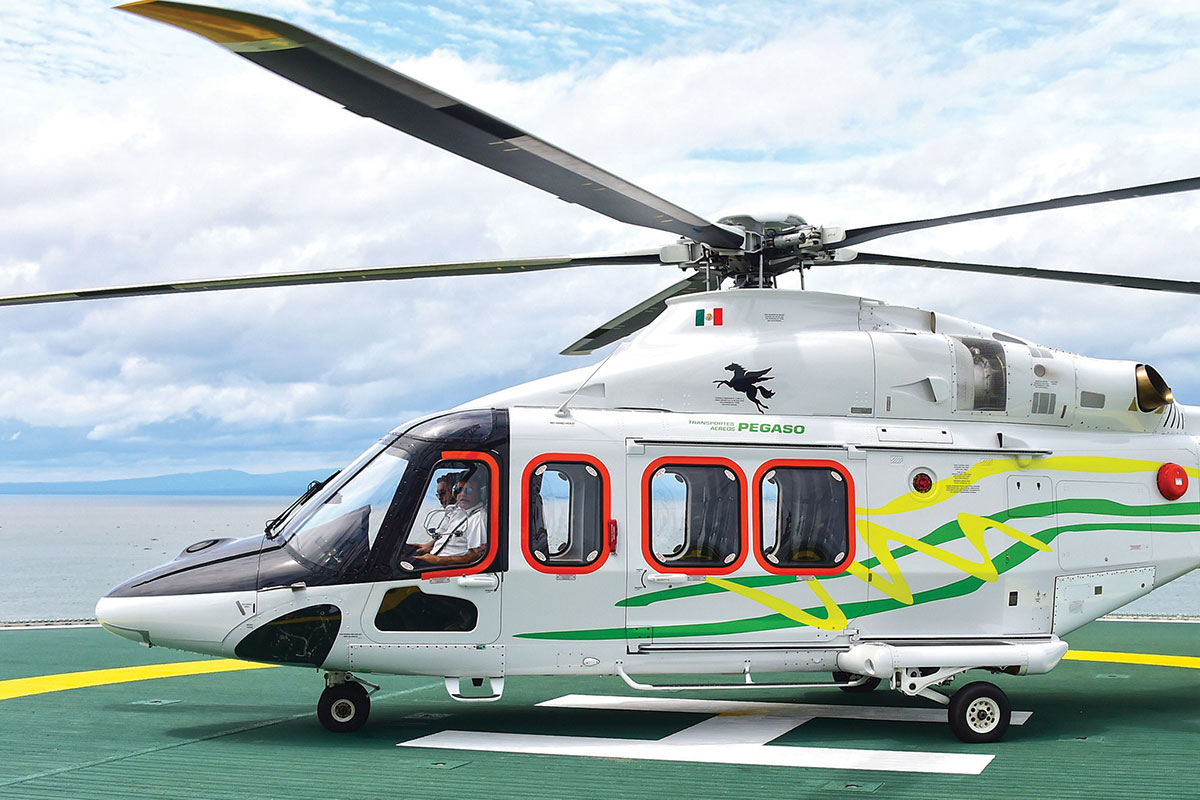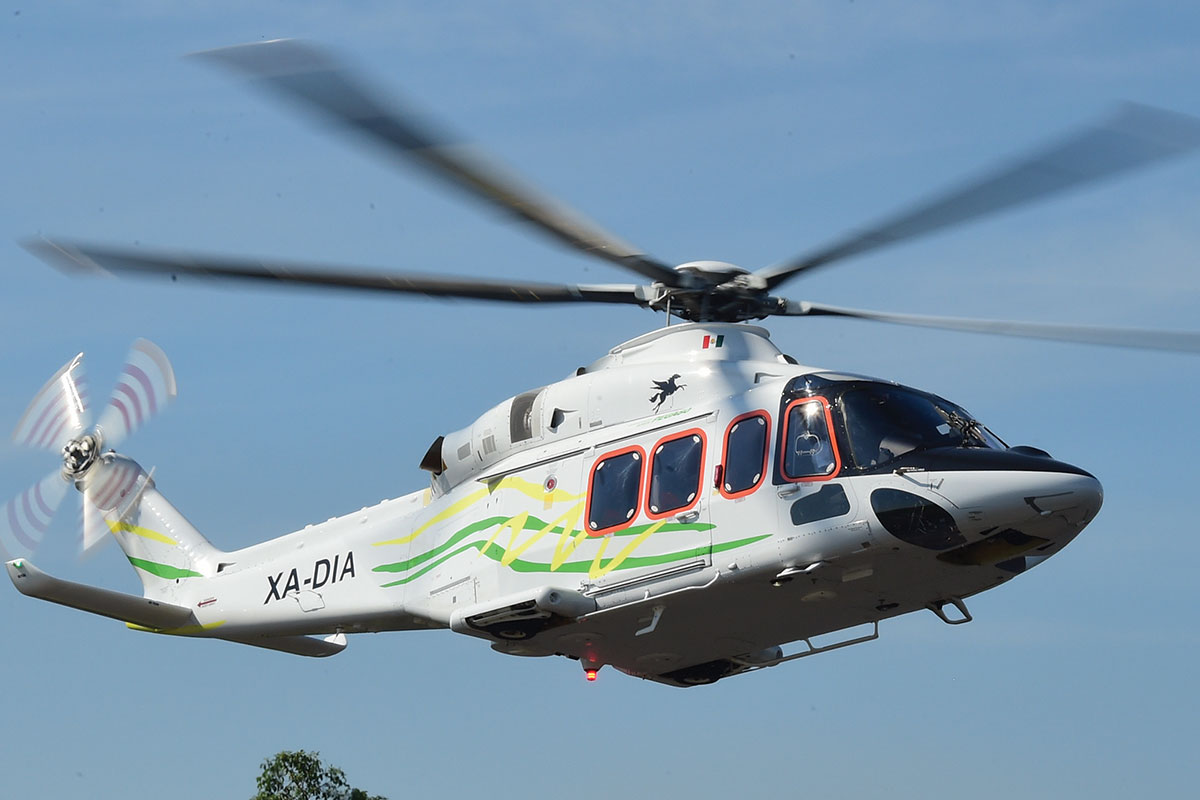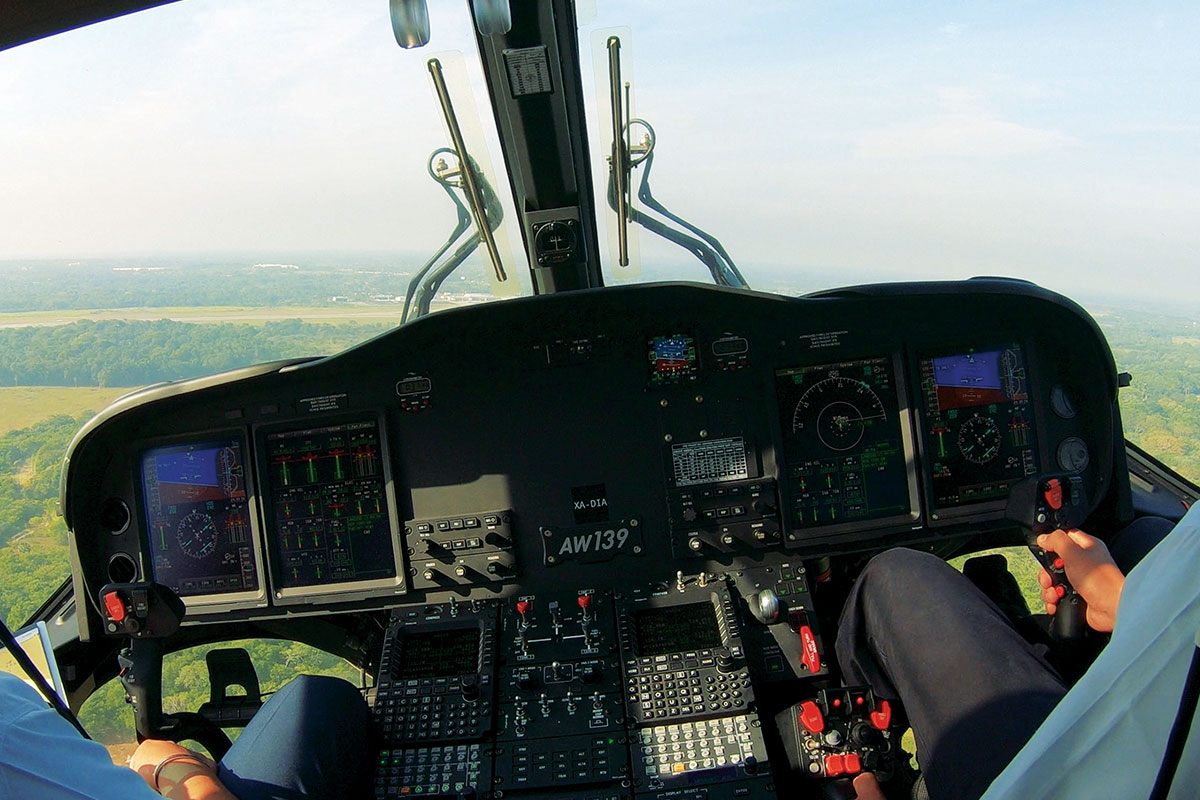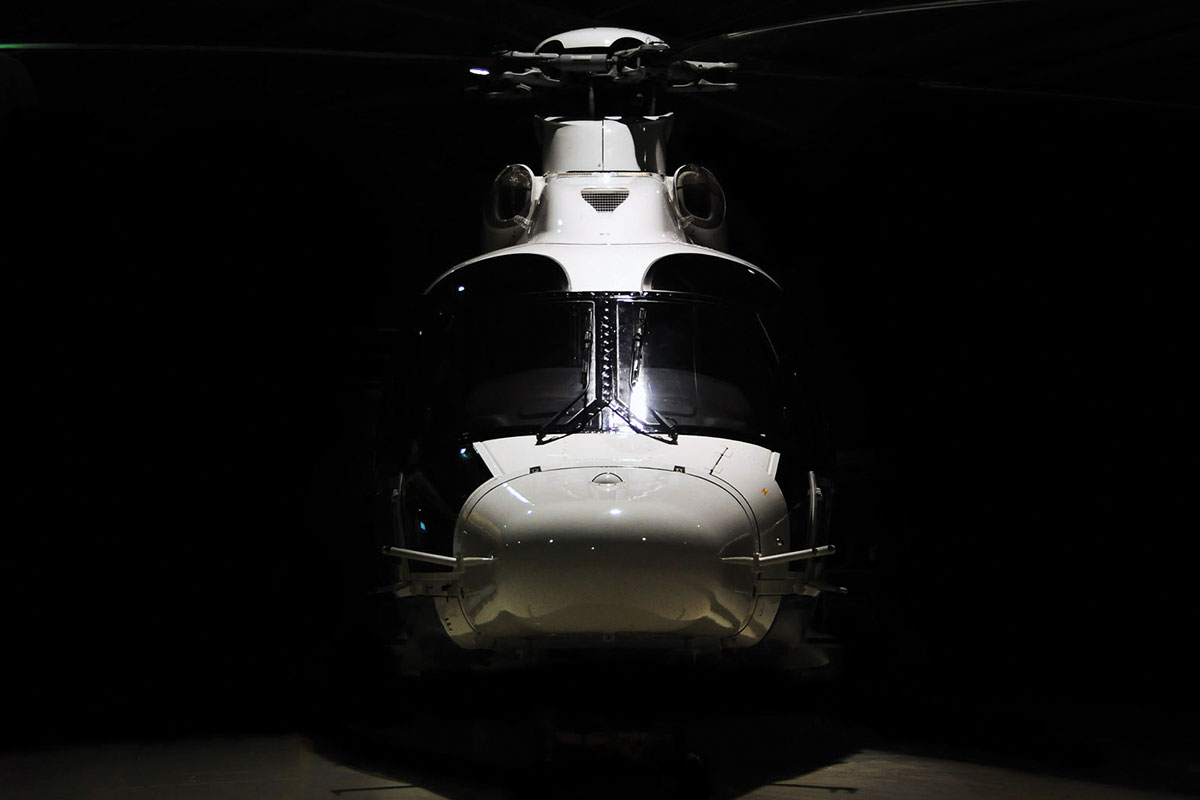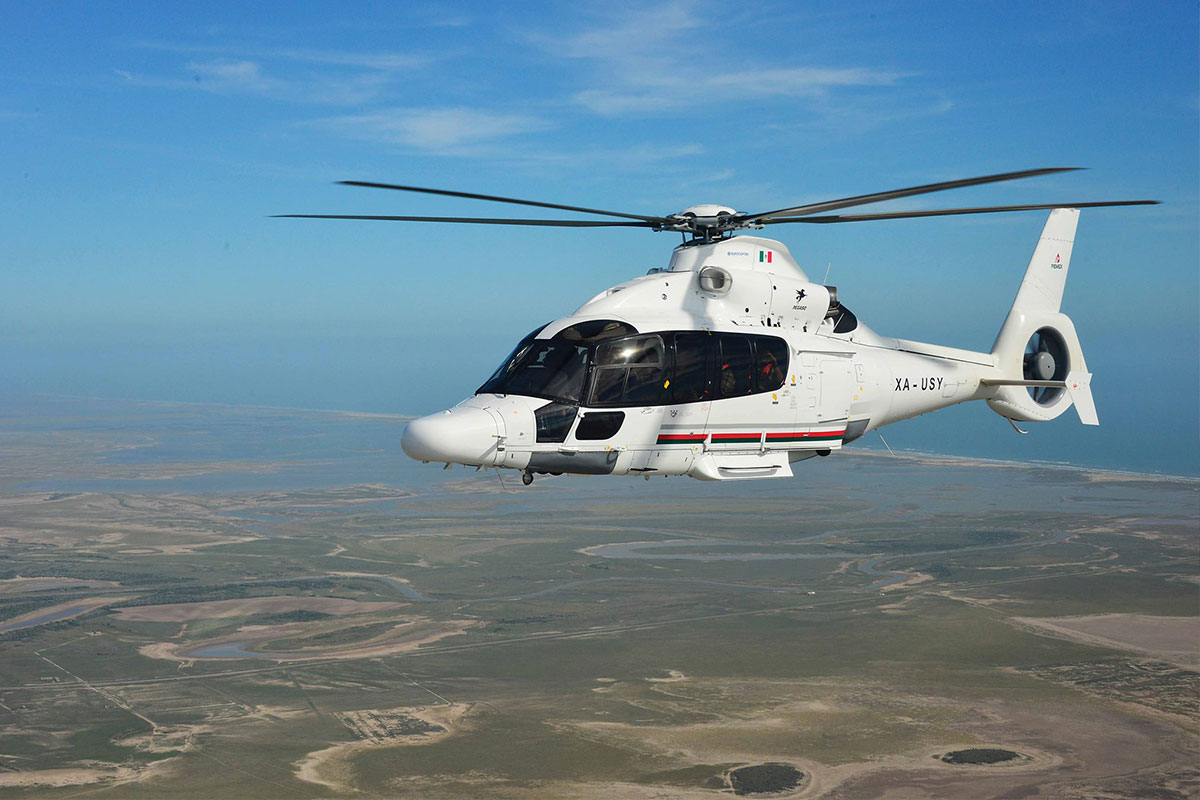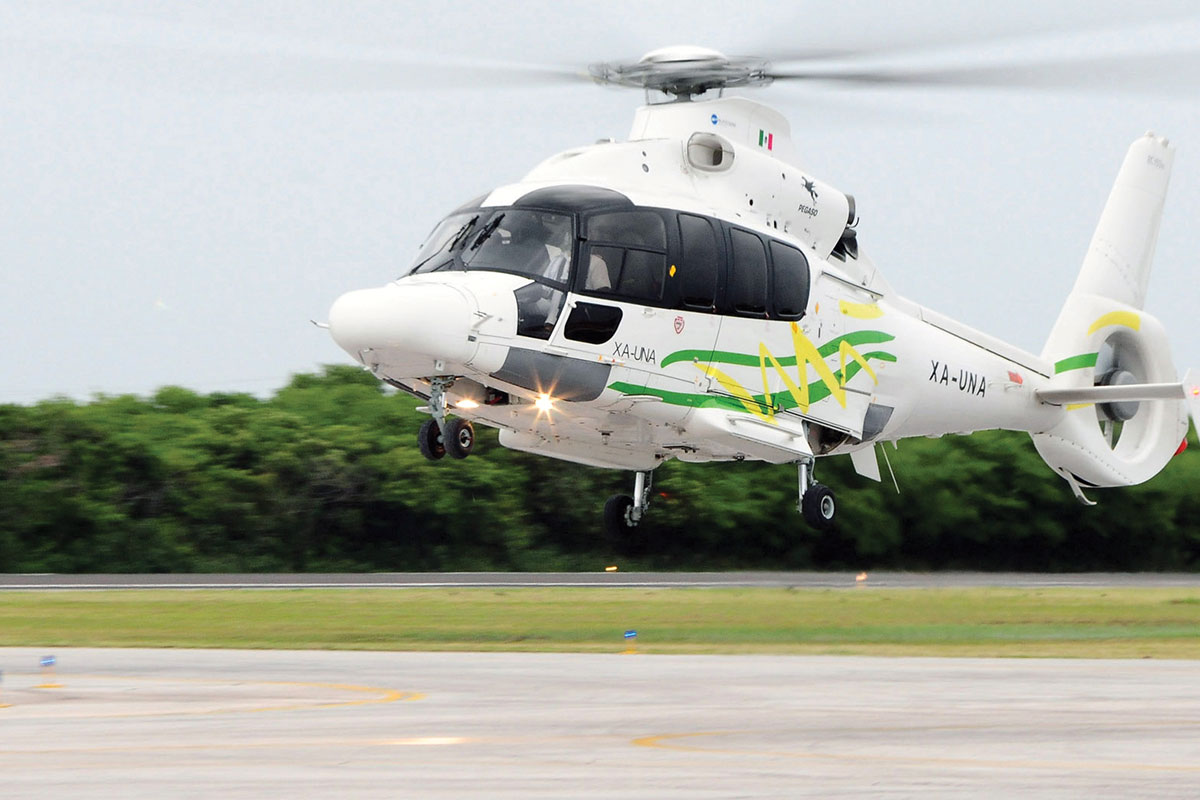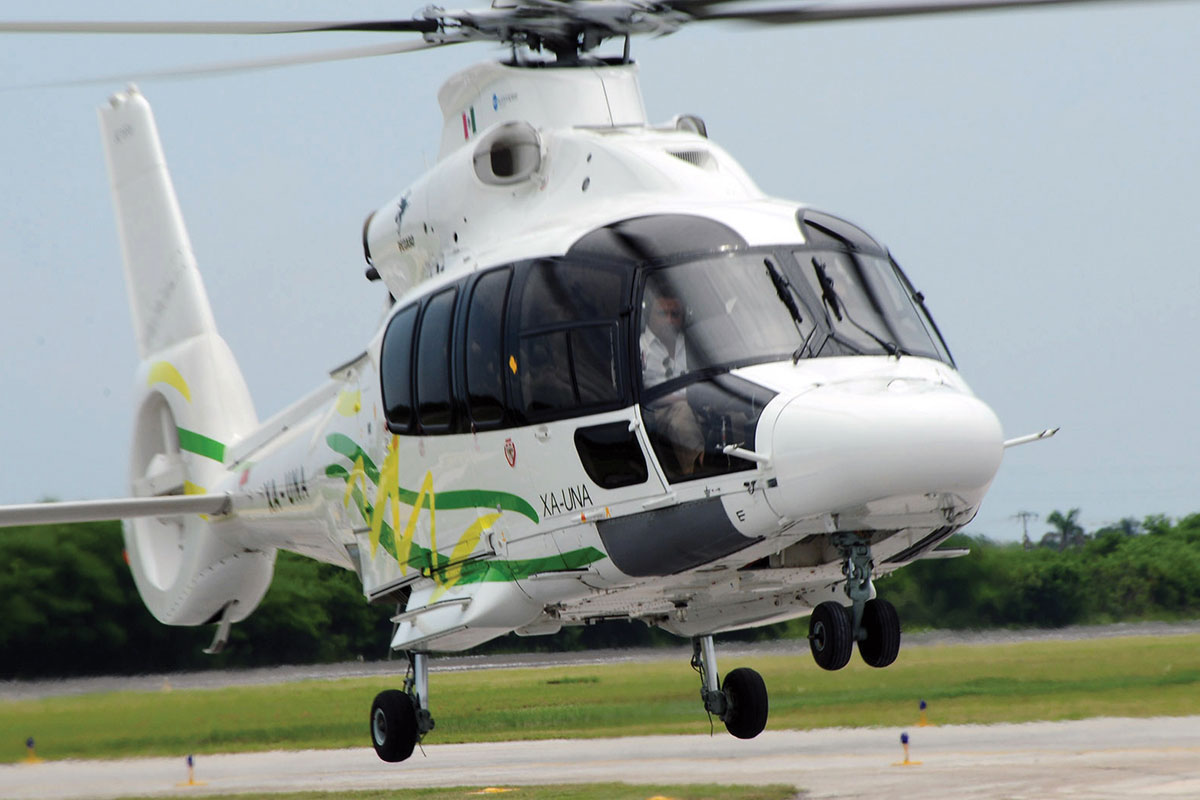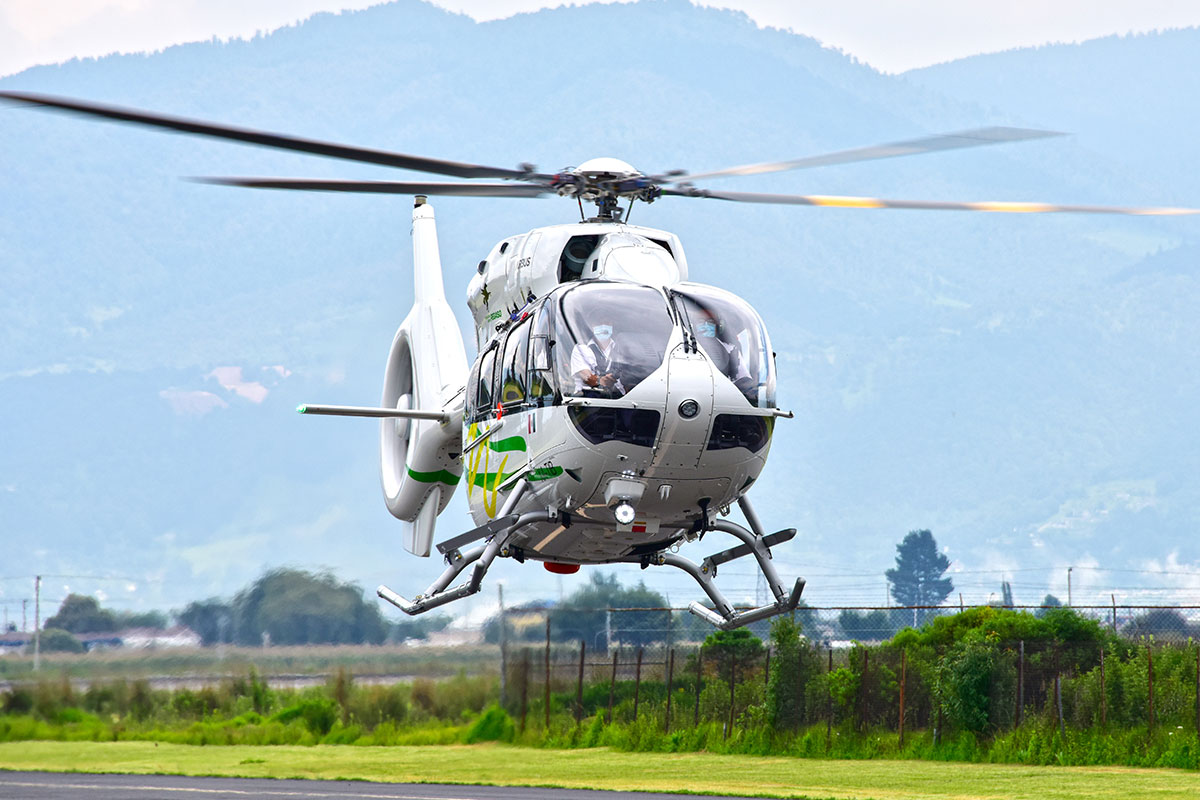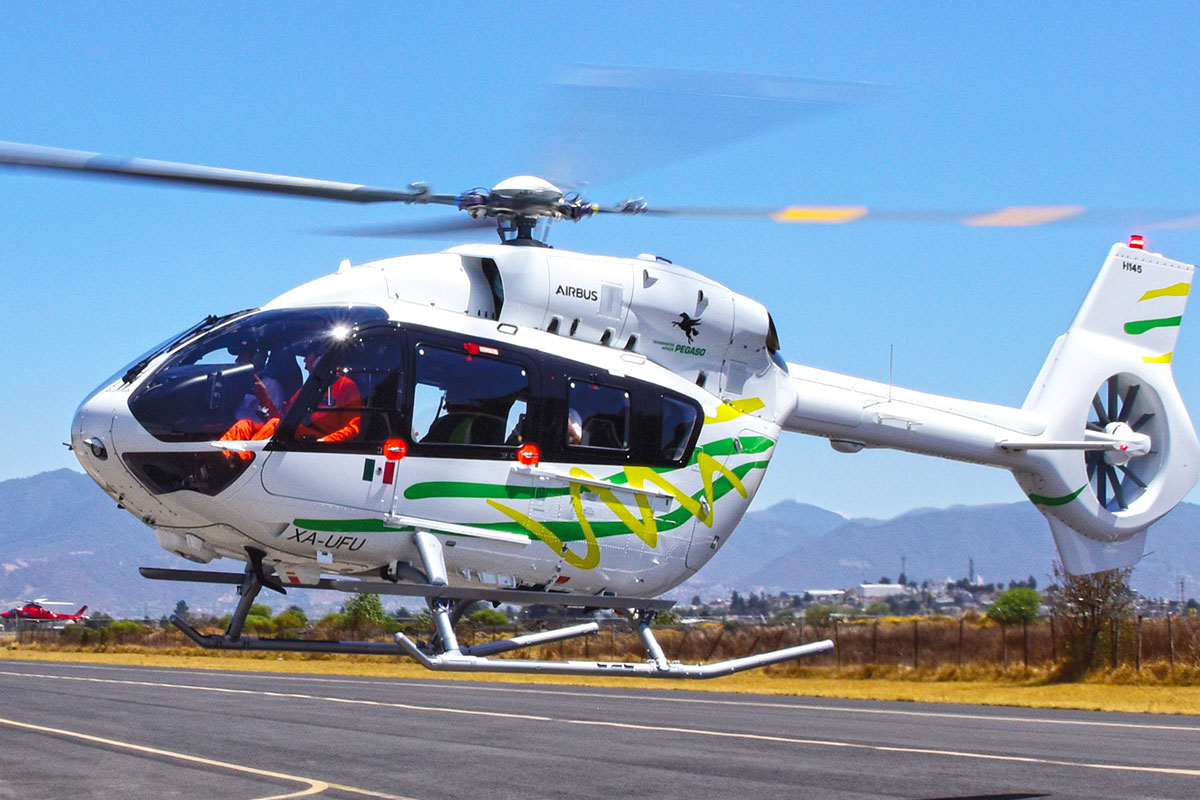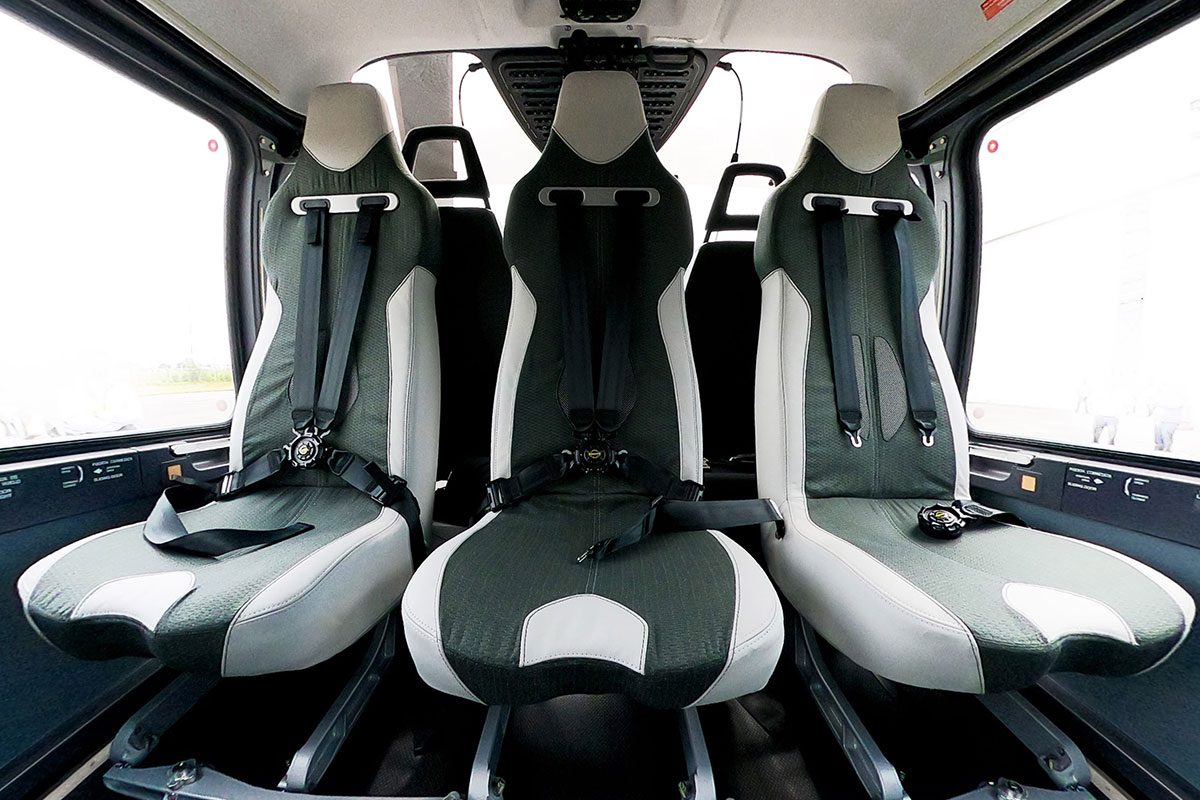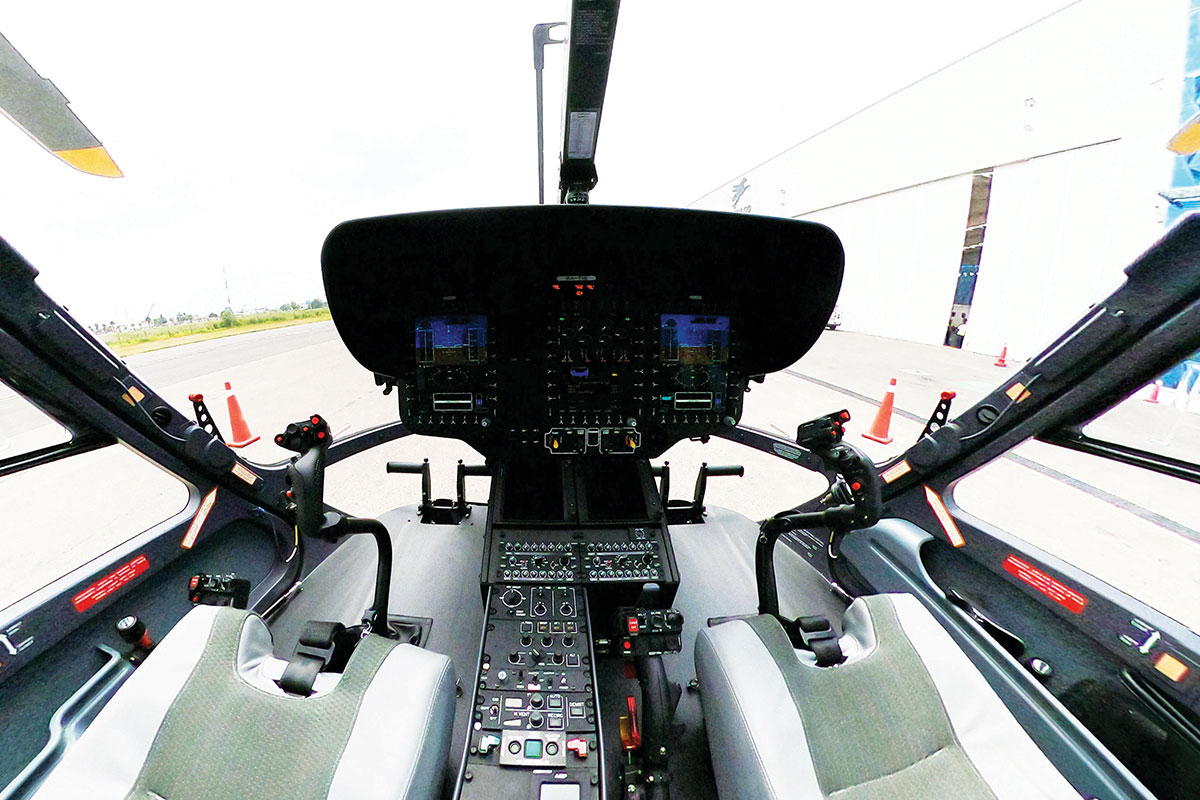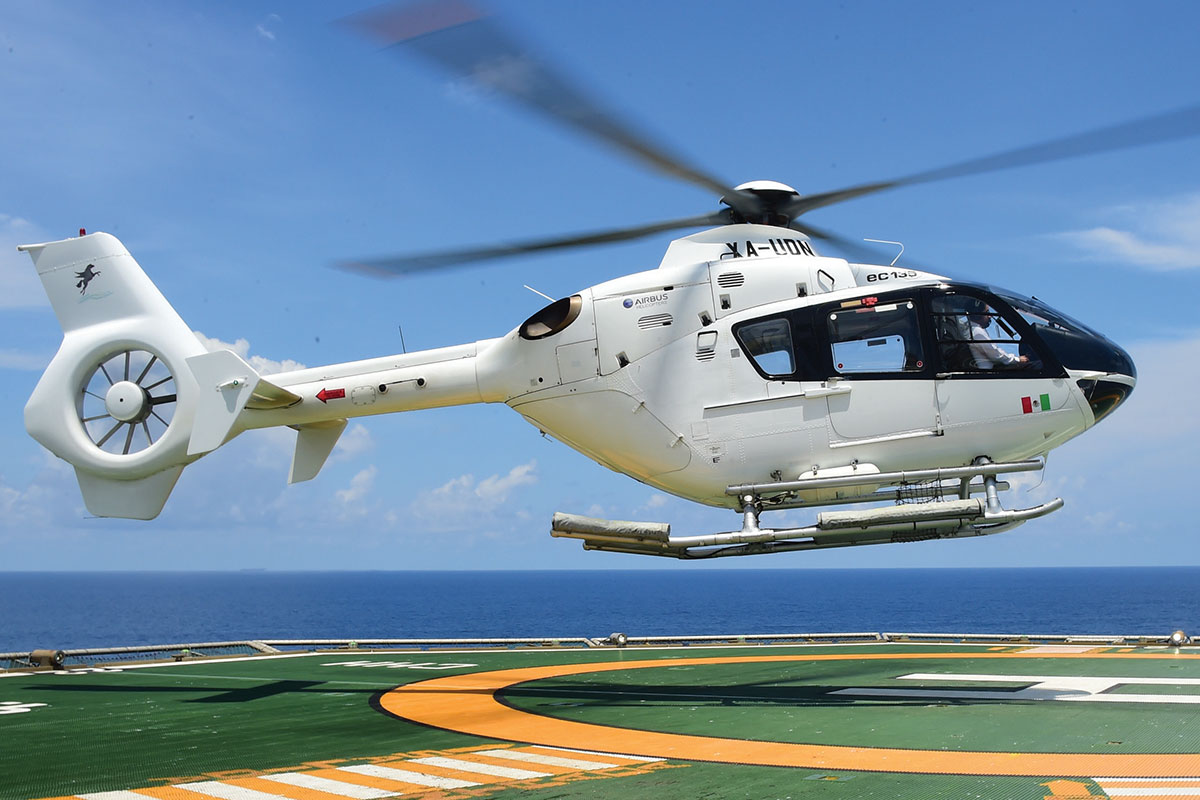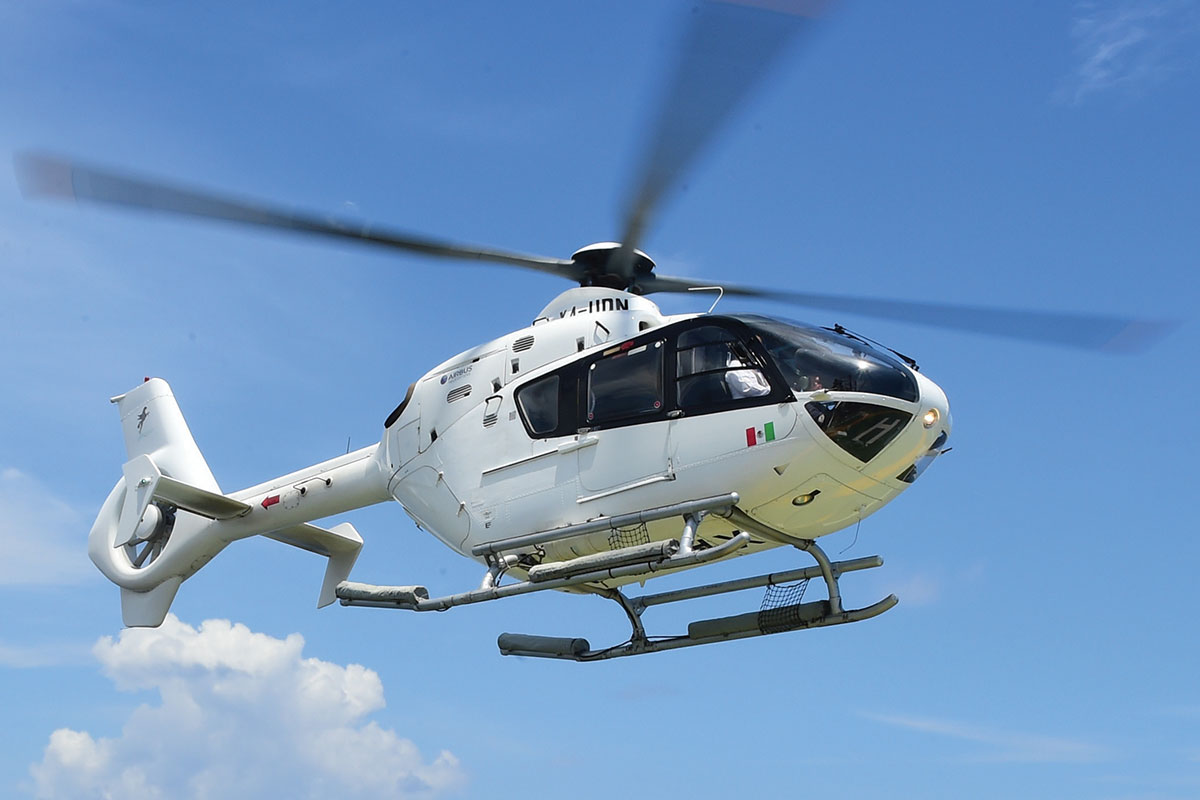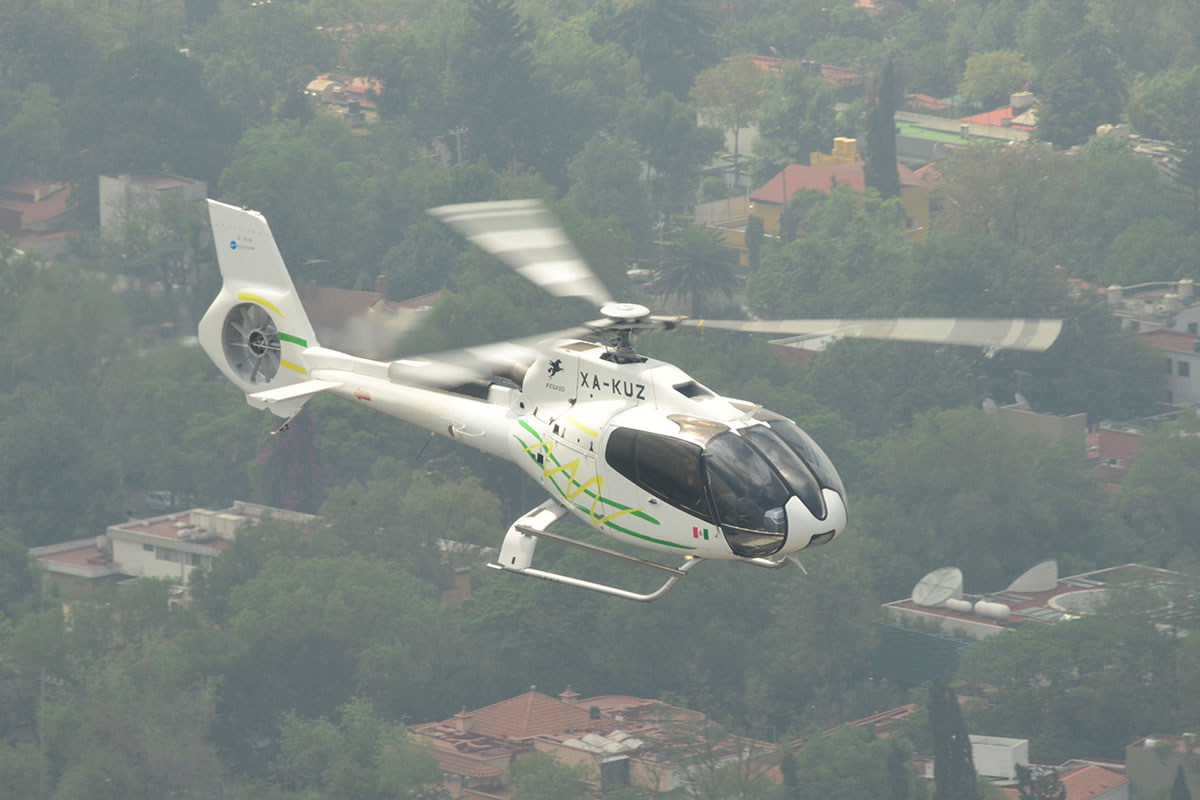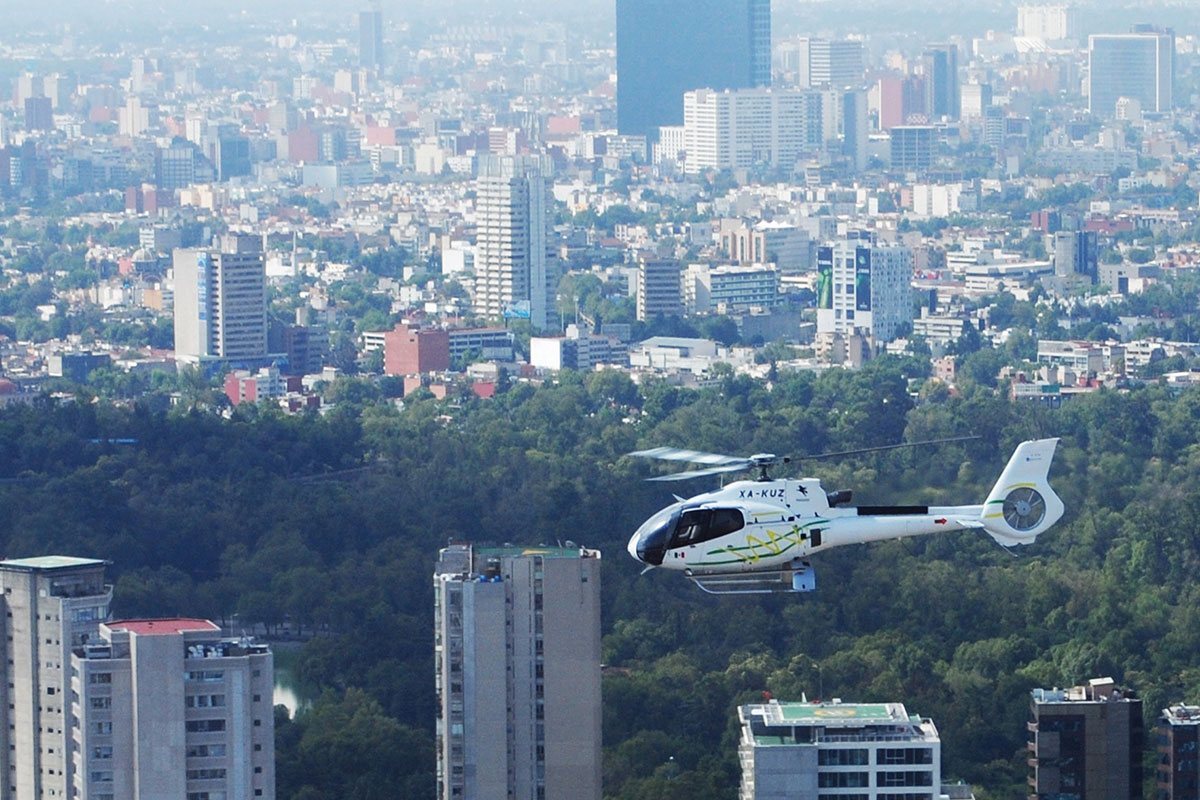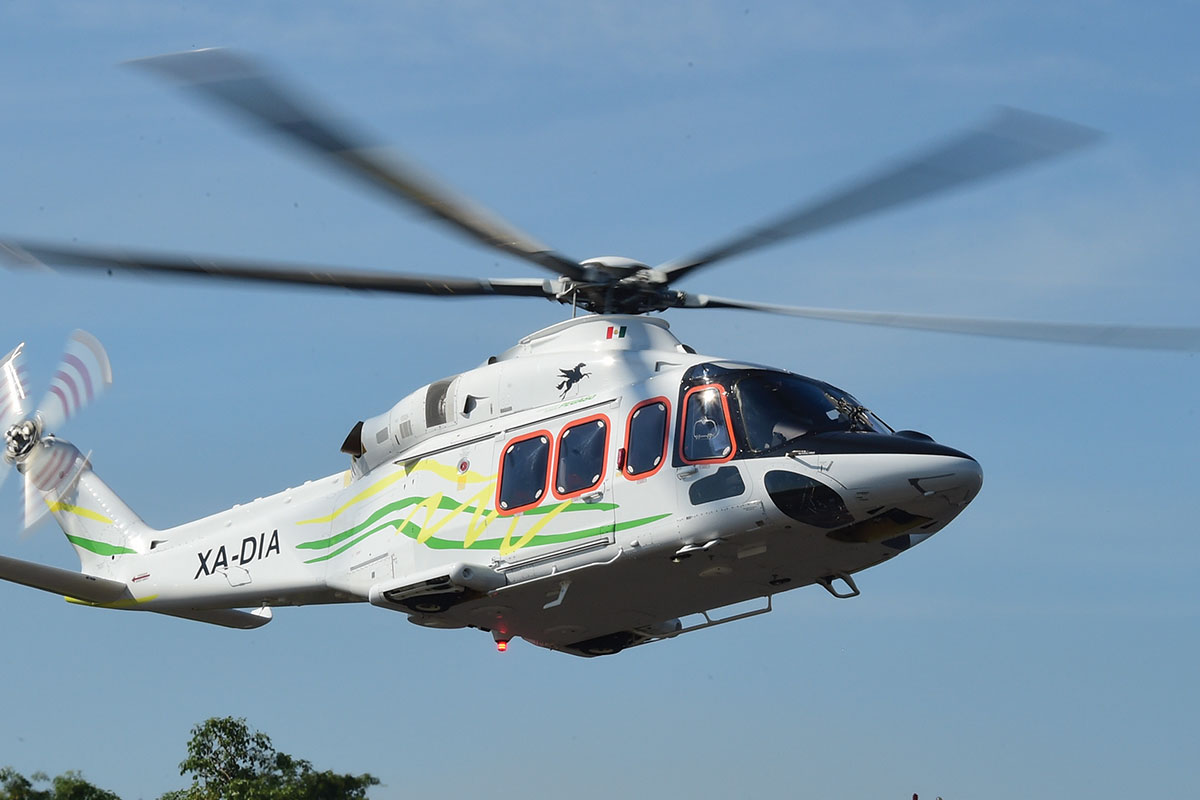
AVAILABLE AND READY FOR YOUR NEXT FLIGHT
We support you in an agile and effective way in your operation and dispatch coordination to achieve a safe flight at the level you deserve.
- Dispatch coordination
- Advice to your crew
- Management of formalities
- Aircraft storage and maintenance
PRIVACY AND CONFIDENTIALITY
The hangar is located in the most private and exclusive location at Toluca airport with access through the underground level.
Airplanes
LEARJET 45XR

The development of the LJ-45 was announced by Bombardier in September 1992, and the first flight of the prototype aircraft occurred on October 7, 1995 during the 32nd Anniversary of the first flight of the Learjet 23.
FAA certification was delayed, and was finally granted in September 1997, followed by delivery of the first aircraft to customers in January 1998.
The cockpit is equipped with four Honeywell Primus 1000 EFS displays. The aircraft is powered by two Honeywell TFE731-20 computer controlled engines, a version developed specifically for this aircraft armor. An auxiliary power unit provides ground power.
Lear Jet 45

The development of the Lear Jet 45 was announced by Bombardier in September 1992, and the first flight of the prototype aircraft occurred on October 7, 1995 during the 32nd Anniversary of the first flight of the Learjet 23.
FAA certification was delayed, and was finally granted in September 1997, followed by delivery of the first aircraft to customers in January 1998.
The cockpit is equipped with four Honeywell Primus 1000 EFS displays. The aircraft is powered by two Honeywell TFE731-20 computer controlled engines, a version developed specifically for this aircraft armor. An auxiliary power unit provides ground power.
Helicopters
EC-175

The H175 stands out in every aspect, with long range, quiet flight, excellent payload and exceptional cabin comfort.
Passengers carried on transport missions enjoy the largest air-conditioned cabin with the most space and window area per passenger of any helicopter in its class.
Up to four passengers can be seated per row. Vibration and noise levels are very low, even at high cruise speeds.
AW-139

The AgustaWestland AW139 is a twin-engine medium helicopter, category known as “Medium Heavy” manufactured by the Italian-British aircraft builder Leonardo (formerly AgustaWestland, which merged with the new Finmeccanica, renamed Leonardo as of 2017).
The original design and development was carried out jointly by Agusta and Bell Helicopters, its first flight took place on February 3, 2001.
Today, the worldwide fleet of AW139 helicopters amounts to more than 770 units and is one of the most popular helicopters for Off Shore missions worldwide accumulating more than 1 million flight hours since its first flight.
EC-155

The EC-155 was initially named the AS-365 N4 Dauphin, developed from the Eurocopter AS-365 N3 Dauphin 2, aiming to offer a wider cockpit than the previous Dauphin models.
The development program began in September 1996, with the project being presented to the general public at the 1997 Paris Air Show.
The EC-155 prototype, created from a modification of a Dauphin, made its first flight from Marignane on June 17, 1997. And the first pre-production example, the EC-155 B, flew on March 11, 1998.
EC-145

The EC-145 was developed together by Eurocopter and Kawasaki Heavy Industries with the aim of increasing the cabin space and maximum take-off weight of the BK-117 C1, while improving the aircraft’s avionics with the systems developed for the EC-135.
The first prototype, initially named the BK-117 C2, made its first flight at Donauwörth on June 12, 1999, followed by a second prototype manufactured at Kawasaki’s Gifu factory.
EC-135

The EC-135 helicopter program is prior to the formation of the Eurocopter group.
This project was initiated under the name BO-108 by the German company MBB in the mid-1980s.
The technological demonstrator of this model (“V1”) made its first flight on October 17, 1988, equipped with two Allison 250-C20R/1 engines. A second prototype of the BO-108 (“V2”) joined the flight tests on June 5, 1991, but in this case, equipped with two Turbomeca TM319-1B Arrius engines.
In both prototypes, the tail rotor was of conventional type.
EC-130

The EC-130 is a wide-fuselage variant of the AS-350 B3, and first flew on June 24, 1999. The EC-130 features an enclosed tail rotor instead of the traditional tail rotor used on the AS-350.
This system, known as the “fenestron”, has the advantage of reducing noise to the outside by 50% compared to the conventional tail rotor, resulting in an FAA Appendix H overflight noise trace of 84.3 EPNdB, 8.5 dB below Stage 2 limits.
The EC-130 was designed in close collaboration with tour operators, and features a spacious cabin with an excellent external view, capable of accommodating seven tourists. The EC130 started the service with Blue Hawaiian Helicopters in 2001, and is now commonly seen in Hawaii and the Grand Canyon.
Comfort& Resting
Everything you need in the FBO waiting rooms
Relax and rest in the FBO waiting rooms equipped with everything you need to get you and your crew ready and prepared for your flight.
- Private lounge areas
- Internet, telephones and computer equipment
- Showers
